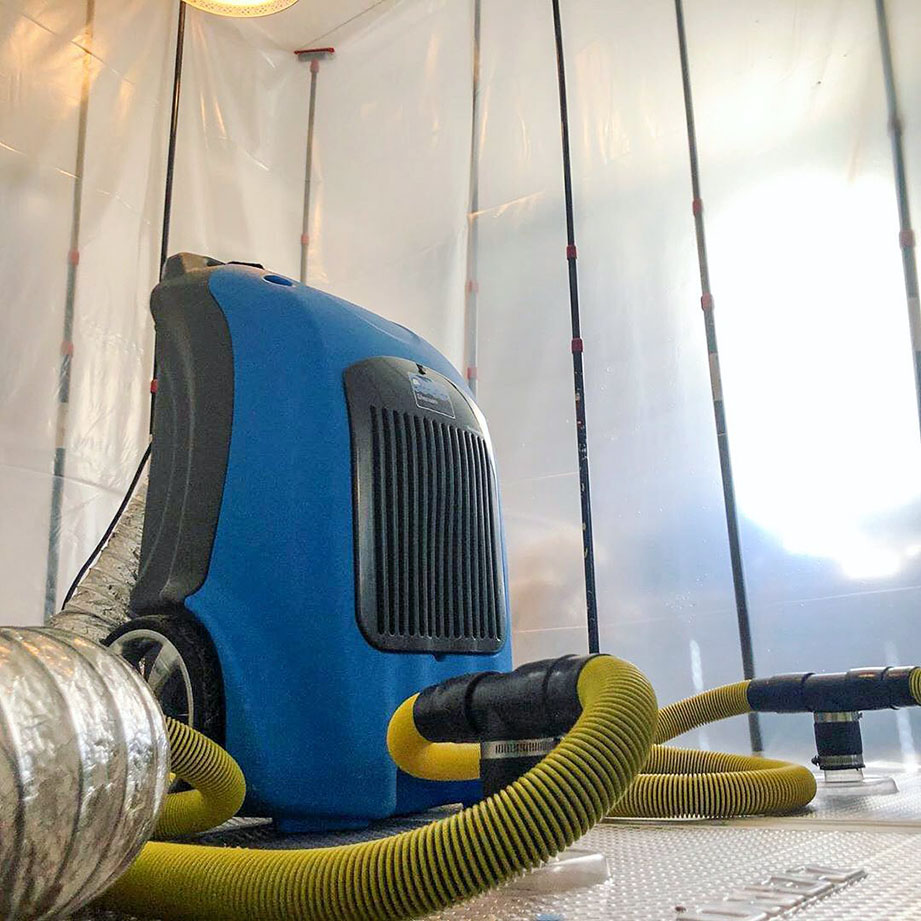Quick and Effective Water Damages Elimination Solutions for Any Building
In the face of water damage, swift and effective services are critical to safeguard the honesty of any type of residential or commercial property. By employing a thorough method that encompasses evaluation, extraction, removal, and remediation, one can browse the intricacies of water damage elimination with skill. The journey in the direction of detailed water damage services starts with recognizing the detailed steps involved in guarding any type of building from prospective devastation.
Examining the Level of Damages
Upon running into a water-damaged location, the primary step in the restoration procedure is to meticulously analyze the degree of the damages to determine the essential strategy. This evaluation is important as it lays the foundation for the whole repair procedure. Professionals commonly perform a detailed evaluation to examine the affected areas, determining the source of the water breach and classifying the water damage based on market criteria.
Throughout the evaluation, specialists search for visible indications of damages such as water spots, mold and mildew development, and architectural weaknesses. They additionally use customized tools like wetness meters and thermal imaging video cameras to spot covert dampness pockets within walls, ceilings, and floorings. By identifying all locations influenced by water damage, specialists can produce a thorough plan outlining the actions required to recover the home to its pre-damaged problem.
Additionally, analyzing the extent of the damage permits repair groups to focus on jobs, designate resources successfully, and supply accurate price estimates to the building proprietor. This first evaluation sets the phase for an effective water damages repair procedure, making sure an extensive and efficient option customized to the certain requirements of each situation.

Water Extraction and Drying Out Techniques
After finishing a complete evaluation of the water damage and identifying all influenced areas, the following vital action in the restoration procedure involves applying water removal and drying techniques. Water extraction is important to remove standing water swiftly and effectively from the home. This procedure normally includes utilizing powerful pumps and vacuums to remove large amounts of water. Once the bulk of the water has been eliminated, the drying procedure begins. Drying techniques such as dehumidification and air flow are employed to eliminate excess dampness from the air and surface areas. Dehumidifiers are especially beneficial in lowering moisture levels, stopping mold development, and accelerating the drying out procedure.
Moreover, specific tools like air moving companies and heaters may be made use of to enhance the dissipation of water from rugs, wall surfaces, and furniture. It's important to check the drying progress continuously to ensure that all wetness is efficiently gotten rid of, preventing second damage such as mold and mildew and structural issues. Proper water removal and drying out methods are crucial in restoring the home to its pre-damaged condition successfully and effectively.
Mold And Mildew Avoidance and Removal Approaches
Implementing effective mold and mildew prevention and removal techniques is crucial in making sure the lasting health and wellness and architectural integrity of a residential property adhering to water damage. Mold can start growing within 24-48 hours after water exposure, posing significant wellness threats and creating further damages to the property if left unchecked. To stop mold development, it is crucial to promptly resolve any water leakages or flooding, extensively completely dry affected areas, and lower moisture levels listed below 60%.

Architectural Repairs and Reconstruction
Offered check here the critical significance of resolving mold invasions immediately to secure building stability and occupant health and wellness, the focus now moves to the important element of structural repairs and reconstruction. As soon as water damage has compromised the architectural honesty of a home, speedy action is crucial to stop further damage. Architectural repair work may include evaluating and reinforcing damaged foundations, wall surfaces, ceilings, or floors. Reconstruction efforts usually encompass repairing or changing damaged products such as drywall, insulation, flooring, and wood frameworks.
Expert repair companies utilize customized devices and techniques to successfully resolve structural concerns triggered by water damage. These professionals possess the know-how to determine hidden damage, formulate a comprehensive restoration strategy, and carry out repair services properly. Architectural repair work are not only important for making sure the safety and security of the home however additionally for avoiding lasting issues like mold and mildew development and decay.
Executing Long-Term Avoidance Procedures
To make sure the long-term defense of a residential or commercial property from water damage, proactive steps need to be applied. One crucial step is regular upkeep of the residential property's plumbing and roof to prevent leaks and water infiltration. Extra resources By implementing these long-lasting avoidance procedures, building owners can significantly reduce the threat of water damages and safeguard their financial YOURURL.com investment for years to come.
Conclusion
In final thought, it is essential to immediately evaluate and address water damage in order to protect against more concerns such as mold growth and architectural damage. By making use of reliable water extraction, drying methods, mold and mildew avoidance techniques, and architectural repair work, homeowner can alleviate the long-term effects of water damage. Applying proactive avoidance actions can help safeguard properties against future water damages events.